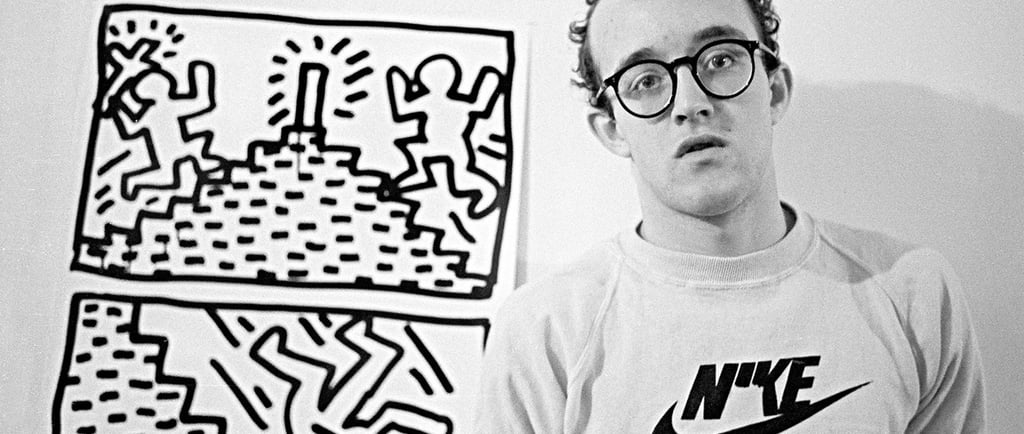Keith Haring
Spreading Joy and Activism through Pop Art
Olivia Masters
6/29/20232 min read


In the vibrant realm of pop art, few artists have left as profound an impact as Keith Haring. With his bold and dynamic style, Haring infused the art world with a sense of joy, activism, and social consciousness. In this article, we delve into the fascinating world of Keith Haring and explore his iconic contributions to pop art.
A Brief Biography: Keith Haring was born on May 4, 1958, in Reading, Pennsylvania. He moved to New York City in the late 1970s and immersed himself in the bustling street art and graffiti scene. Haring's iconic style quickly emerged, characterized by his distinctive use of bold lines, vibrant colors, and simplified figures.
Art as Activism: Haring's art was deeply rooted in his social and political beliefs. He believed that art should be accessible to all and used his works as a platform to advocate for social change. Haring's iconic figures, such as dancing people, barking dogs, and radiant babies, conveyed messages of love, unity, and solidarity. His art became a powerful form of activism, addressing issues such as AIDS awareness, apartheid, and nuclear disarmament.
Public Art and Subway Drawings: Haring's art was not confined to galleries and museums. He embraced public spaces, using them as his canvas to reach a wider audience. Haring's distinctive graffiti-inspired drawings could be found in subway stations, on billboards, and even on the walls of buildings. These public artworks transformed ordinary spaces into galleries, making art accessible to all, regardless of their background or art education.
Pop Culture Influences: Haring drew inspiration from popular culture, incorporating elements of street culture, hip-hop, and graffiti into his work. His art reflected the energy and vitality of the urban environment, capturing the spirit of the 1980s. Haring's collaboration with pop icons like Madonna and Andy Warhol further solidified his place in the pop art pantheon.
Legacy and Impact: Keith Haring's impact on the art world extends far beyond his lifetime. His art continues to inspire and engage audiences worldwide, transcending barriers of age, race, and culture. Haring's commitment to social activism and his belief in the power of art as a transformative force resonate with artists and art enthusiasts to this day. His influence can be seen in the works of contemporary artists who strive to merge art with social commentary.
Conclusion: Keith Haring's vibrant and energetic art brought joy, activism, and a sense of community to the world of pop art. Through his iconic figures and bold use of colors, he conveyed messages of love, unity, and social change. Haring's legacy serves as a reminder of the transformative power of art and its ability to transcend boundaries. As we continue to celebrate and appreciate the art of Keith Haring, we are reminded that art has the capacity to ignite conversations, challenge norms, and inspire positive change in the world.
